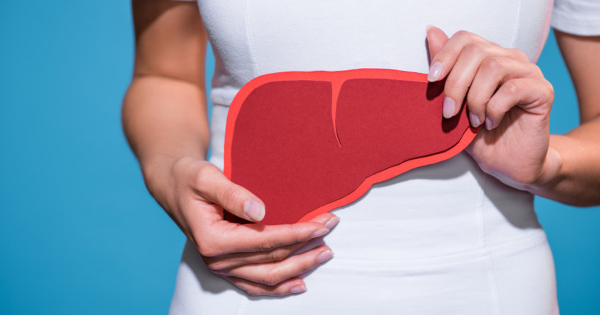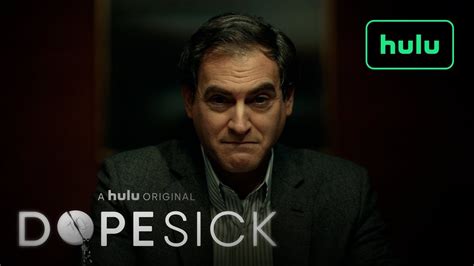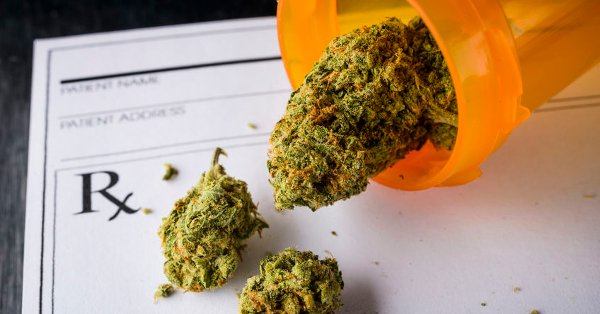.jpg.aspx?width=360&height=240&resizemode=force)
5 Ways to Fight Fatty Liver
The liver is the largest organ in the body and helps store energy, digest food and get rid of toxins. Just like in the human body, fat builds up in the liver, leading to fatty liver disease. Liver diseases are considered the second leading cause of mortality among all digestive disorders in the U.S., as well as the fifth most common cause of death.[i]
Fatty liver diseases include non-alcoholic fatty liver disease (NAFLD) and non-alcoholic steatohepatitis (NASH). These two are the most common liver disorders in the industrialized world, accounting for 10% to 46% in the U.S. alone.[ii] According to systematic reviews, the prevalence of NAFLD in adults is around 25% to 33%.
NAFLD is of particular interest as the most common chronic liver disease in children and young people in industrialized nations, mainly due to obesity.[iii] It’s often diagnosed with abnormal liver tests or fatty changes coming up on ultrasound. This liver condition can silently progress and remain asymptomatic, so early detection is key.
NAFLD is also present in more than half of adults with Type 2 diabetes and metabolic syndrome.[iv] Untreated, the disease can progress to fibrosis, cirrhosis and hepatocellular cancer.
Five Ways to Combat Fatty Liver Naturally
1. Curcumin
Curcumin is an anti-inflammatory, antioxidant, antidiabetic and antihyperlipidemic agent, traditionally used for treating liver diseases. It is the main natural polyphenol found in turmeric, used for thousands of years for its multiple health benefits.[v]
A 2020 study found that supplementing with curcumin favorably affected metabolic markers in patients with NAFLD.[vi] Results of the meta-analysis indicated a significant decrease in total cholesterol, LDL cholesterol, fasting blood sugar and waist circumference.
A separate review evaluated the efficacy of curcumin supplementation on liver enzymes in NAFLD patients.[vii] The team found a favorable effect with higher dosage, suggesting "further high-quality studies with large scale and higher dosage" need to be done.
2. Probiotics
Probiotics are deemed a potential therapy for NAFLD. A 2019 systematic review found probiotics are superior to placebo in patients with NAFLD and could serve as a complementary therapy.[viii]
Combined with omega-3 fats, a live multistrain probiotic mixture taken daily for eight weeks by NAFLD patients reduced liver fat, improved serum lipids and metabolic profile and reduced systemic inflammation.[ix] Paired with cholesterol-lowering drugs, probiotics also helped treat atherogenic dyslipidemia linked to NAFLD.[x]
3. Coffee
Inflammation is believed to be a contributor to non-alcoholic fatty liver disease and other chronic diseases such as Type 2 diabetes and heart disease. Coffee, with its strong antioxidant profile, is often used to address the inflammatory conditions underlying NAFLD.
One study on green coffee bean extract showed that the supplement weakened a circulating inflammatory marker mediator, which is linked to lower systemic inflammation.[xi]
In Korean men, increasing coffee intake was linked to a lower incidence of fatty liver, suggesting that increased consumption may protect the organ.[xii] The researchers obtained data from 91,436 male and female subjects, with a mean follow-up period of 2.8 years.
Among animal models, coffee prevented fatty liver disease induced by an unhealthy diet through modulating pathways of the gut and liver.[xiii] "The hepatic and metabolic benefits induced by coffee were accompanied by changes in the gut microbiota," the researchers wrote.
4. Silymarin
Silymarin is an active extract of milk thistle, an ancient medicinal plant used for treating various liver diseases for centuries. It has been found in studies to effectively reduce disease markers in patients with NAFLD, even exceeding the benefits of drugs such as metformin.[xiv],[xv]
In a randomized trial involving 99 subjects, silymarin (700 milligrams given three times a day for 48 weeks) appeared to reduce liver fibrosis, warranting confirmation in a larger trial.[xvi] It was safe and well-tolerated among the patients, the study concluded.
5. Vitamins D and E
Vitamin D, obtained directly from the sun or via supplementation, may be a good therapeutic option for NAFLD due to its insulin-sensitizing and anti-inflammatory properties. A 2019 study showed that vitamin D supplementation significantly ameliorated metabolic, chemical and inflammatory parameters in NAFLD patients, deserving to be treated as an adjunctive therapy.[xvii]
Low vitamin D levels, too, were associated with the presence of fatty liver disease independent of metabolic syndrome, diabetes and insulin resistance.[xviii]
Vitamin E is also often used in treating NAFLD and non-alcoholic steatohepatitis. In an analysis of five studies, it significantly improved liver function and histologic changes in patients with NAFLD/NASH.[xix] Short term, it was found to significantly enhance abnormal liver enzyme levels in NAFLD patients with metabolic syndrome.[xx]
It can also work synergistically with other therapeutic approaches. Among pediatric NAFLD patients, the antioxidant action of hydroxytyrosol and vitamin E slashed systemic inflammation.[xxi] A 2015 study combined silymarin and vitamin E, concluding that along with a low-calorie diet they can positively affect NAFLD.[xxii]
© [12/16/2021] GreenMedInfo LLC. This work is reproduced and distributed with the permission of GreenMedInfo LLC. Want to learn more from GreenMedInfo? Sign up for the newsletter here //www.greenmedinfo.com/greenmed/newsletter.

